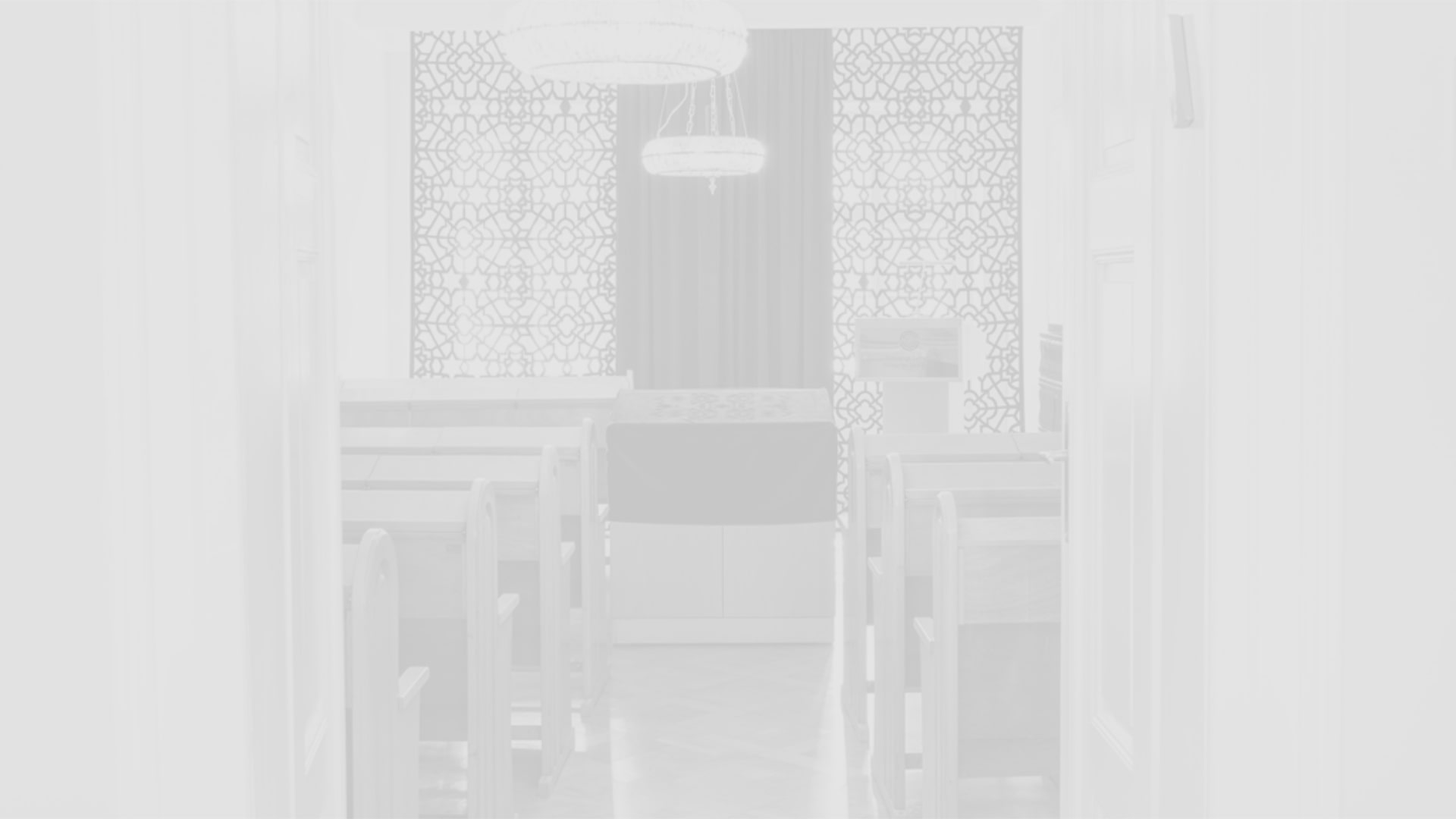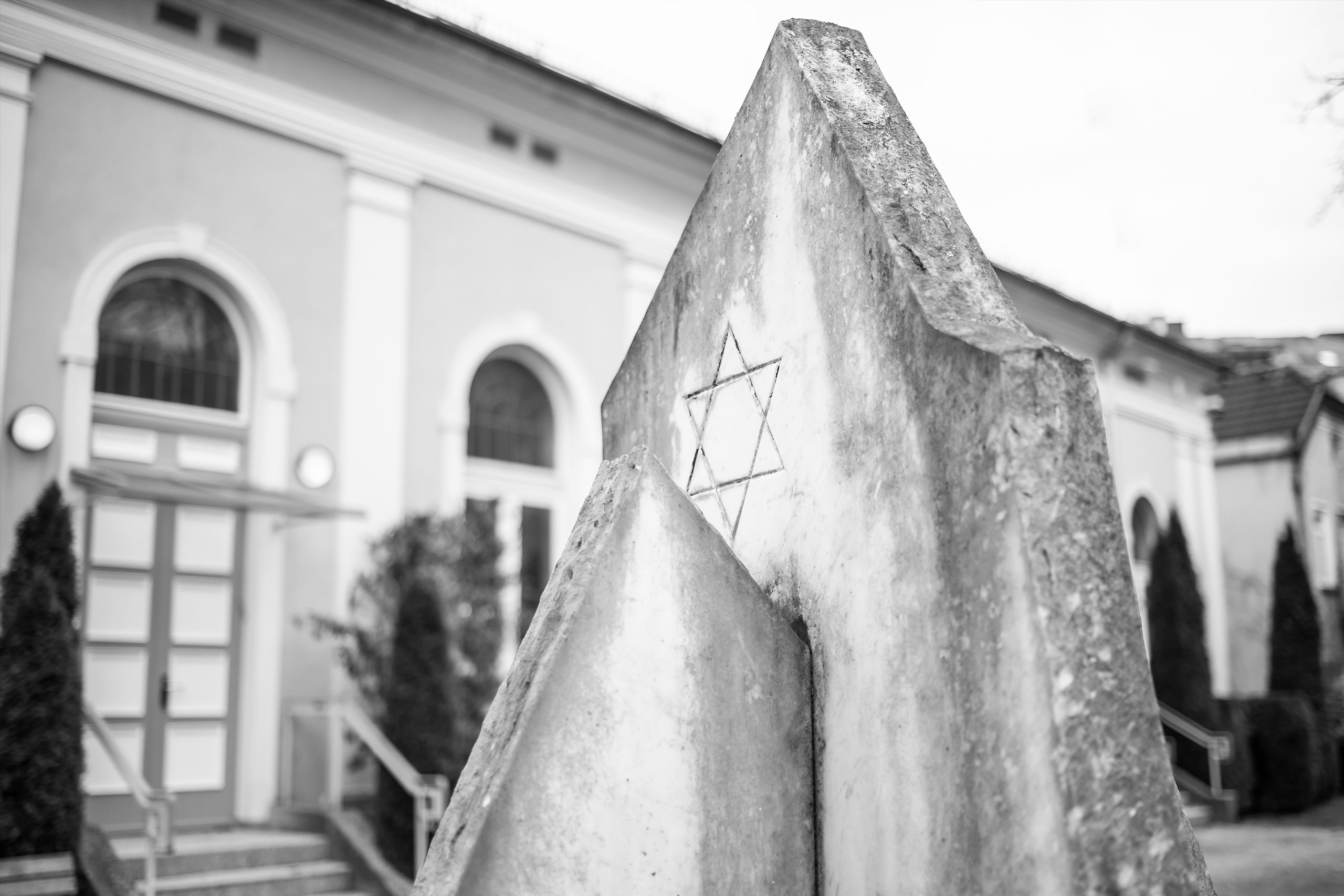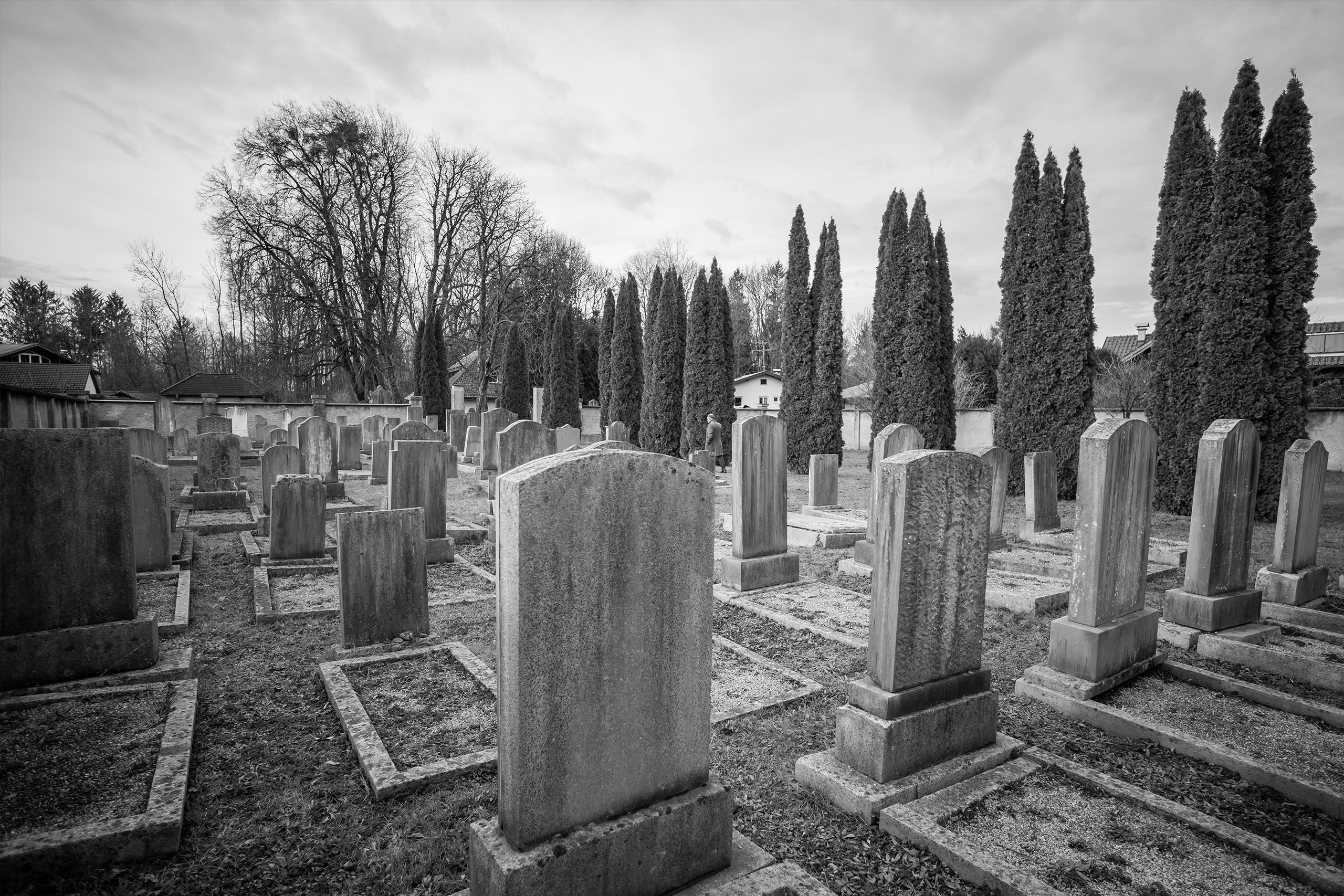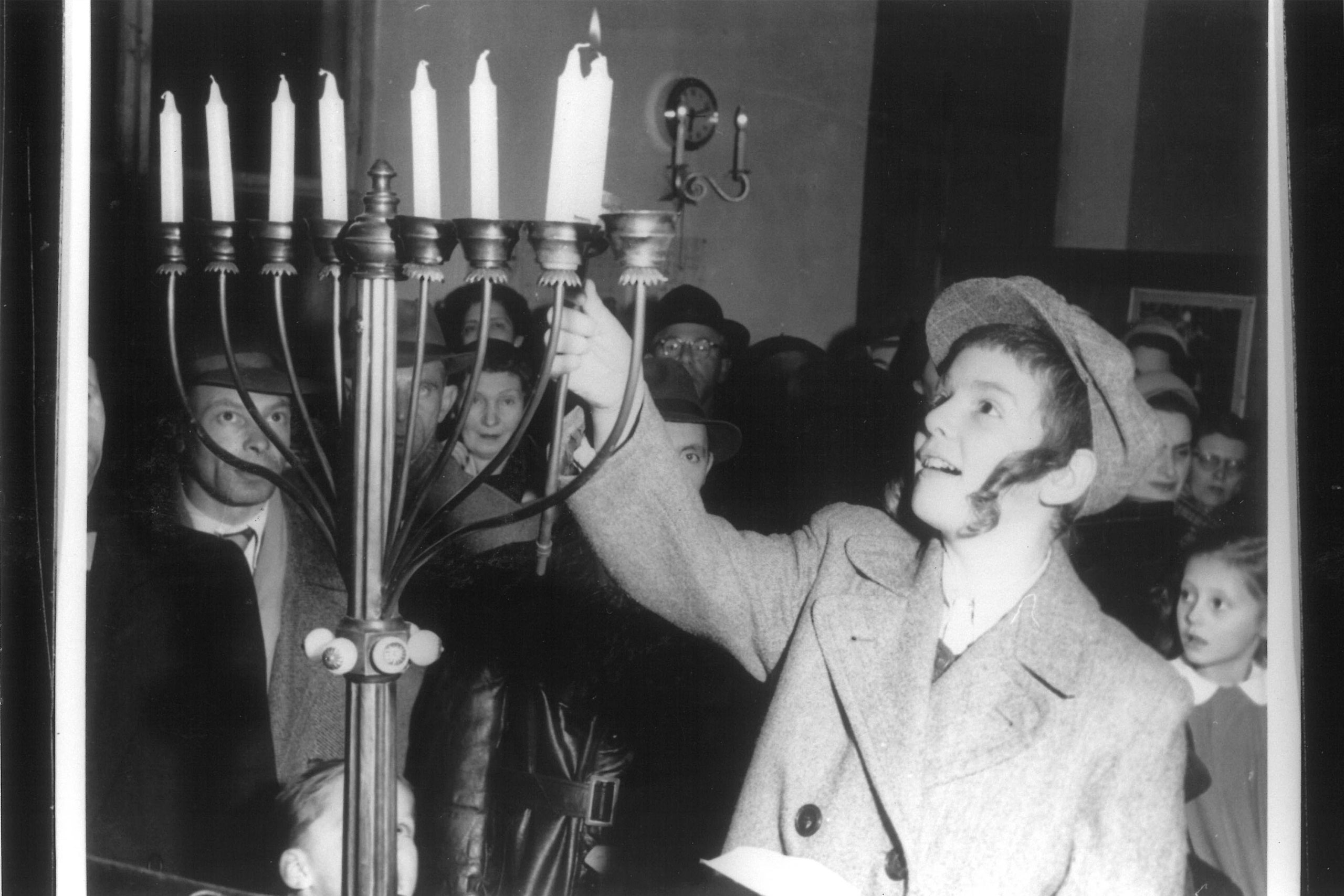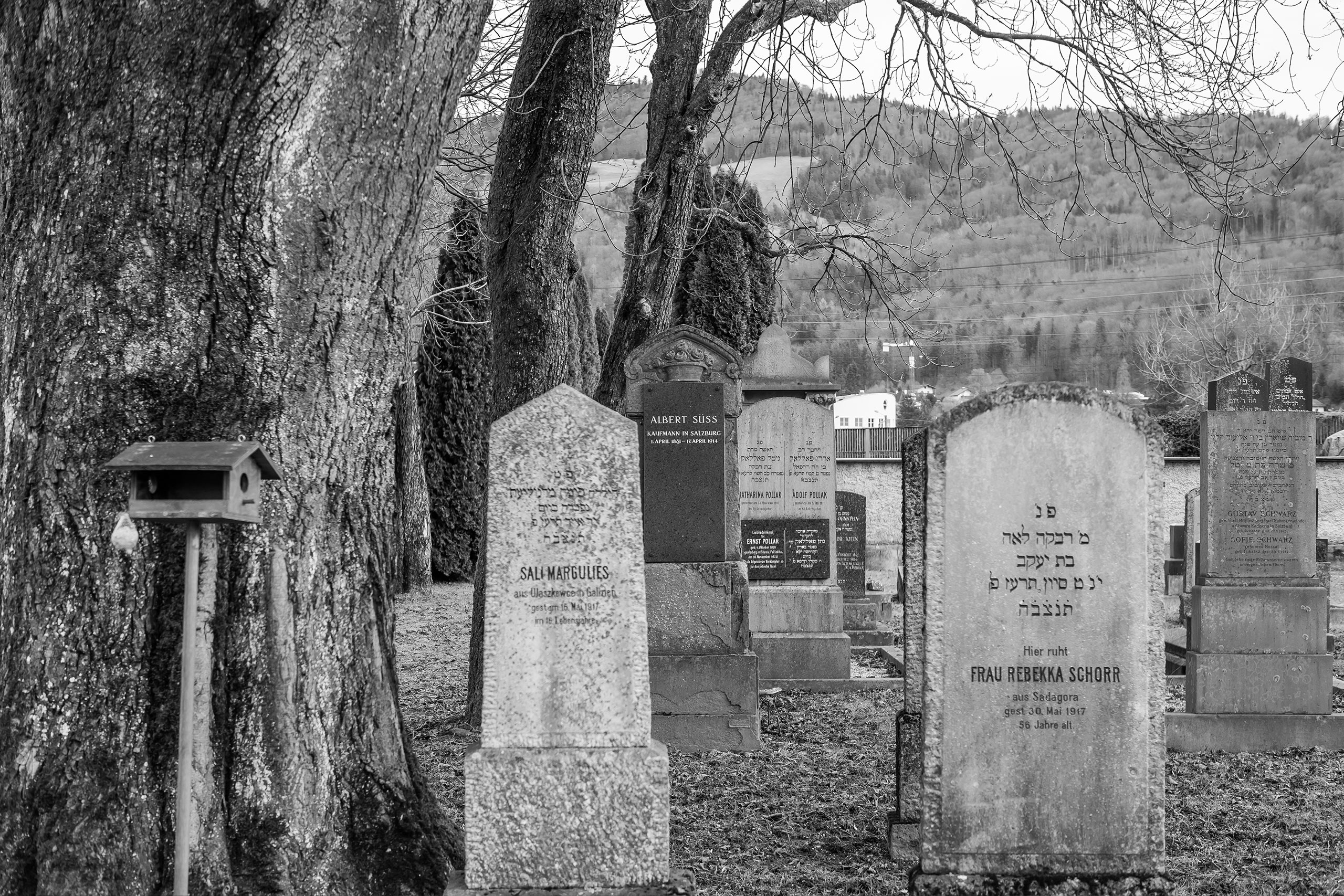Welcome
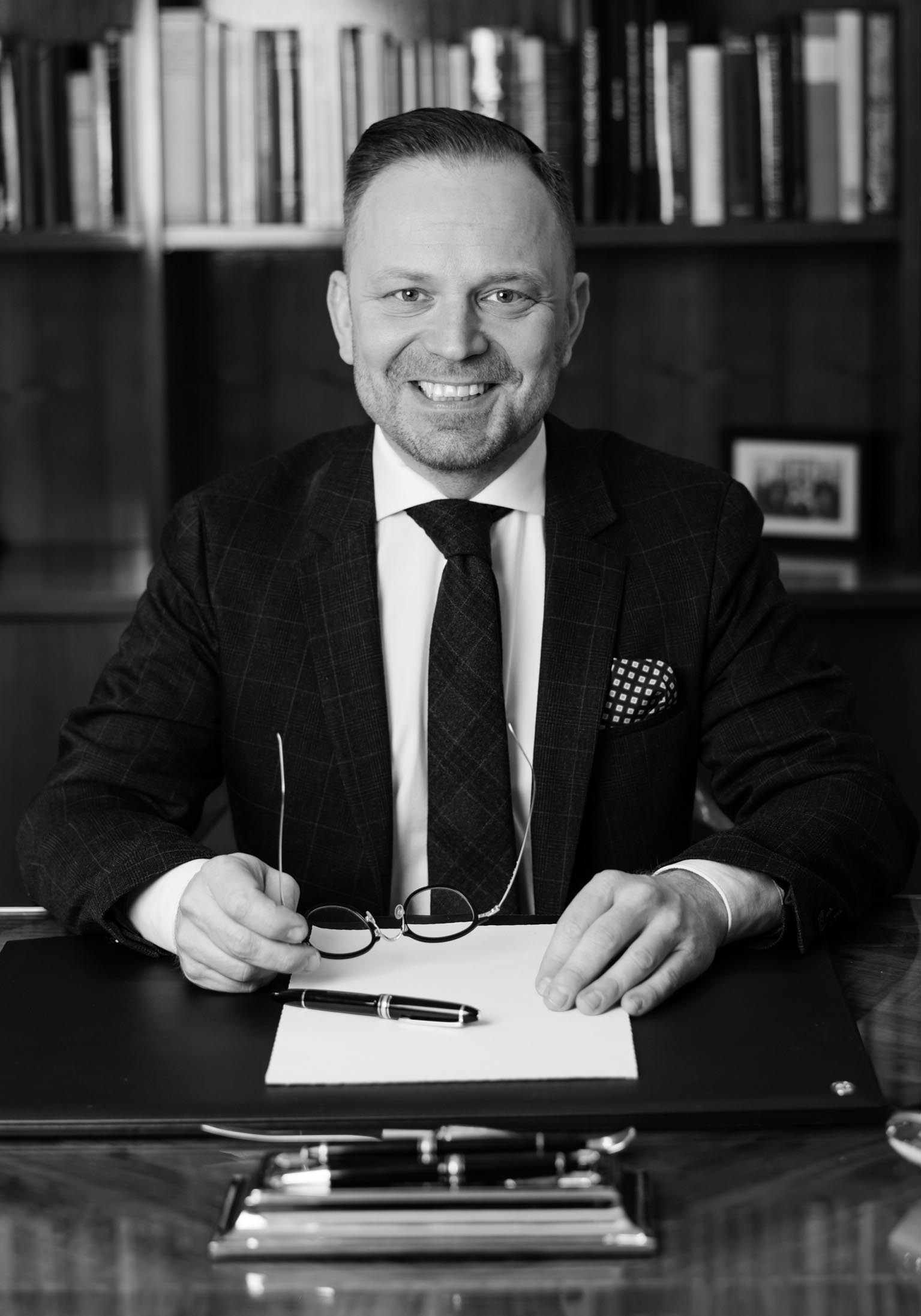
שלום
Dear Visitors,
After 1945, Jewish identities in Europe were strongly influenced by the crimes of the National Socialist years. Austria’s unwillingness to come to terms with its own past at the time, the lack of commitment recognizing the realities of the Nazi era and the crimes committed, ultimately created a kind of perpetrator-victim reversal that silenced the survivors, the psychological victims and their families, and demanded a kind of acceptance of what had happened; in which the faces of the victims mutated into mirrors that one simply did not want to face.
At the time, the “processing” of the Shoah ironically became the responsibility of the victims and their families themselves. This culminated in certain excesses in conformity with the majority of society, assimilation, and – to put it bluntly – in “good behavior”, from which one thought against one’s better sense of judgement, that it could still turn anti-Semites into philo-Semites. A “just don’t attract too much attention” attitude resulted in a kind of self-abandonment, in which one’s own identity as a Jew was determined by a negative perception of the non-Jewish environment and was felt as a stigma. The consequences of this were manifold and often reached the point of self-denial.
In all of this, it seemed for decades as if the Jewish communities had neglected to give space to an affirmed life, to make room for the present, because of their confrontation with the terrible events of the National Socialist era, their own fate, their own history.
Some were still able to understand and experience their personal Jewishness, their own identity, as something positive. However, in the shadow of the past, no one could or would dare to convey Judaism in a non-Jewish environment as something lively, colorful, and multifaceted – and detached from the Shoah. How could they? How could one convey something positively to outsiders that one was not able to experience and feel positively about in its historical context?
In Austria, immediately after the Second World War, it was believed that there was no longer any future for Jewish communities. Jewish kindergartens, schools, cultural and educational institutions, as well as research institutions essentially only came into existence in the 1980s. Before that, nobody saw any sense in investing in something that was thought to have no future anyway.
Jewish communities therefore limited their focus to the elderly, the sick, and their “Jewish heritage”; focused on the past and not on the present, let alone the future. This was especially true for the five few re-established Jewish communities outside Vienna, which were always characterized by its scant membership, itself the result of insufficient returnees and/or immigration. These communities existed in almost submissive adaptation to a non-Jewish environment: assimilated, as was expected of them; on the fringes of society. And this was remained unchanged until, in the wake of the Waldheim affair and the year of reflection in 1988, a paradigm shift began to unfold in small steps.
It was only over the years that we Jews were able to accept the Shoah as an important part of European-Jewish identity and history, but without wanting to reduce our heritage to the Shoah alone or to understand it solely on this basis. For Judaism, as we understand it again today, looks back on a history that is thousands of years old. It is alive, diverse, and present. And as such, we as Jewish communities must also convey it. This is not so easy for us in real encounters, because now that a reappraisal of history and thus also a culture of remembrance has been able to take hold, we often feel that we are perceived more as representatives of a “vanished” rather than a “living” world.
I myself consider it our most essential task to strengthen Jewish life internally and to lead the community as a confident, traditional religious community; – as a distinguished community with clear views. As a community that also deals with virulent issues from an inner-Jewish perspective and that serve as an ambassador for its concerns of sustainable development.
The Jewish religious community sees itself not only as a central point of contact and representation for all Jews in Salzburg, but also for those who are interested in Jewish culture or religion for the first time or subsequent instances. In this way, we wish to make a lasting contribution to the understanding and respectful coexistence of different religious communities and cultures in the country.
As President of the Jewish Community Salzburg, I would like to welcome you to our website and thank you very much for your interest. I look forward to welcoming you at one of our synagogue tours or at one of our upcoming events.
Sincerely Yours,
Elie Rosen
